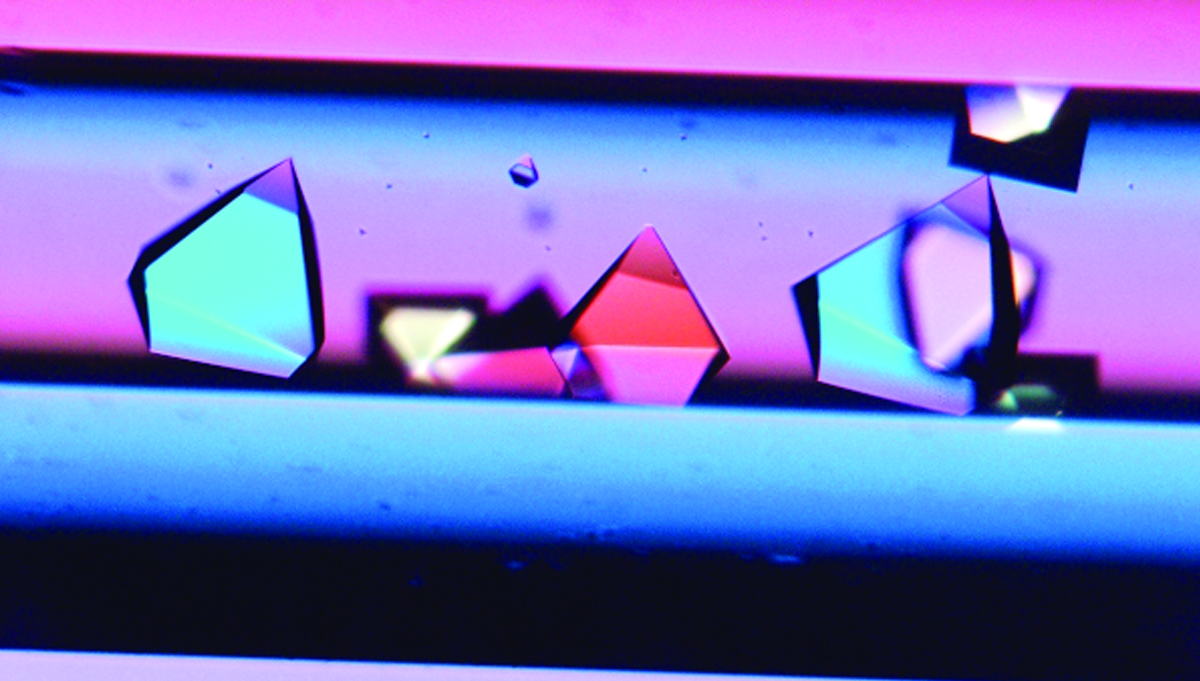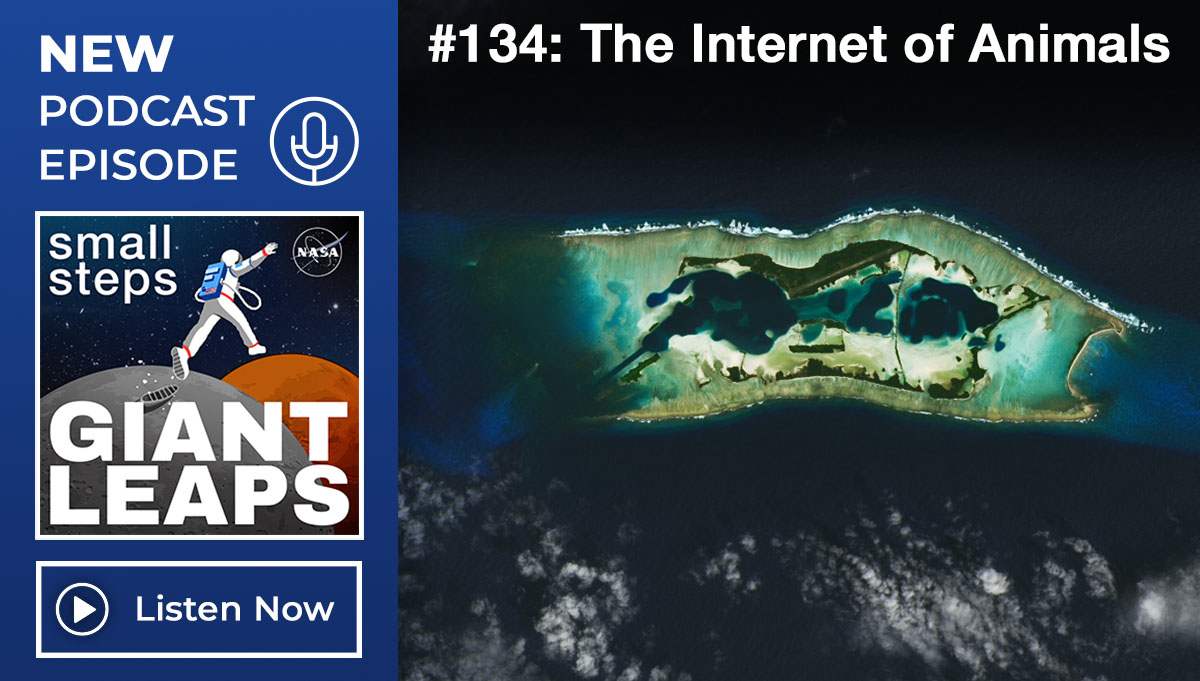October 1, 2008 Vol. 1, Issue 9
Pioneer 1, NASA’s first-ever space launch, rocketed into orbit on October 11, 1958.
Pioneer 1 was the second in a series of scientific launches as part of the International Geophysical Year and the first attempt by the United States to launch a spacecraft beyond an Earth orbit. The first launch attempt, Pioneer 0, was aborted due to a rocket explosion 77 seconds after launch.
Pioneer 1, which flew aboard a Thor-Able launch vehicle, was designed for insertion into a lunar orbit, where it would send back photographs and data about the Moon. Due to the malfunction of an upper stage valve, it did not achieve the escape velocity necessary to break out of Earth’s gravitational field.
During its 43-hour flight, it did reach an orbital height of 113,800 km at its highest trajectory. While in orbit, it returned valuable data on the near-Earth space environment, including confirmation of the existence of the Van Allen radiation belts discovered during the Explorer I mission in January 1958.
Pioneer 1’s scientific payload had a total mass of 17.8 kg, including an image scanning infrared television system to study the Moon’s surface, an ionization chamber to measure radiation in space, a diaphragm/microphone assembly to detect micrometeorites, a spin-coil magnetometer to measure magnetic fields, and temperature-variable resistors to record spacecraft internal conditions.





